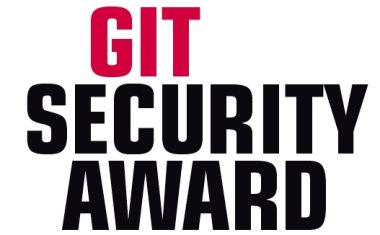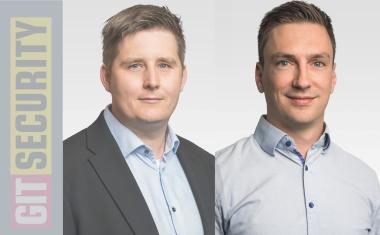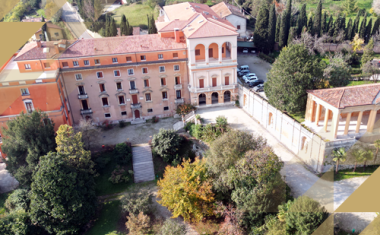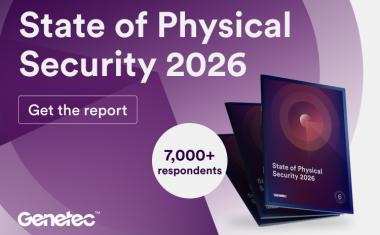Security Management Best Practice
In an interview last January, we introduced Gretsch-Unitas and BKS, including a closer look at the role of the Gemos building and security management system. GIT SECURITY has now spoken again with Fedja Vehabovic, Head of Sales for international business at BKS, about the new Gemos 5, the company’s centerpiece in the security management sector.
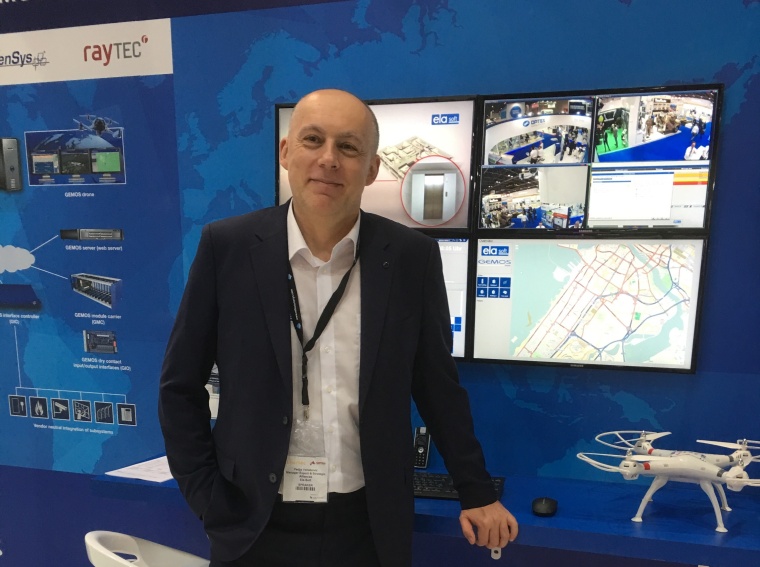
GIT SECURITY: Can you briefly summarize for us again what role Gemos can play in the security architecture of companies?
Fedja Vehabovic: The new Gemos 5 has interfaces to almost all security systems available on the market and can network these systems, as well as all GU Group products, with the building management system. It is of central importance for us, our customers and the implementation of projects. Last year we introduced two advanced modules, Gemos advanced PSIM and Gemos Access, both of which work as independent systems and function as individual independent security systems. However, they can also be operated as one security system with the PSIM and access control fully integrated. Both systems share the same database and provide a logical, system-integrated solution with PSIM and access control system architecture. Even though they operate separately, both platforms can be synchronized into one system at any time by adding a single software license. This flexibility makes the systems unique.
What has been improved in the latest update of the Gemos 5 PSIM?
Fedja Vehabovic: Both systems are web-based and Gemos 5 advanced PSIM and Gemos access are now 100% integrated with each other. With the HTML5-based module, we are future-proof and technology-independent in video. The HTML5-based module is the basis for the new video module solution. It provides an interconnectivity platform for all types of video management systems, regardless of whether the VMS supports new formats or not. For cybersecurity, end-to-end encryption according to TLS 1.3 -AES256 and the BSI specifications is important and that we work with the next generation of SQL databases. The Enterprise Edition of the new Gemos 5 PSIM also offers technically mature and proven redundancy features and real-time synchronization of alarms and event messages across multiple enterprise sites.
What measures did you take in the meantime to open up even more possibilities for users?
Fedja Vehabovic: In the last interview, we already indicated that the requirements of Smart City and Smart Buildings are showing us the way. As you can now see very nicely via our newly designed Graphic User Interface, we have succeeded in integrating further data from the building control system into Gemos 5 via BacNet or IoT connections. The BACnet network protocol was developed specifically for building automation and control systems communication for applications such as heating, ventilation and air conditioning control, fire protection and security systems. Through integration, we make information accessible that goes beyond traditional security information such as alarms and video information. At the BAU trade show in Munich, we will demonstrate how we integrate IoT signals and information from building technology and automation into the management system. Using the example of a hotel, you can see there how we make this data usable. We can draw on experience in the Arab region, where we have implemented several projects in which integration via BacNet or IoT also works well for larger building complexes. The focus there is also on energy optimization, among other things. The information comes together in the FM Expert module, a dashboard for statistics and analysis. You can see all the evaluations there and, for example, analyze and visualize power consumption. With these BacNet and IoT integrations, we have put together a package that puts us in a very good position with Gemos for smart city and smart home applications and, in addition to the tasks directly relevant to security, we can also offer solutions for building and facility management.
One of the classic security tasks is video integration. Some manufacturers of video management systems and PSIM find it difficult to integrate video systems from Chinese manufacturers, either from a technical point of view or due to political considerations. You do offer your customers a deep integration of Hikvision’s HIK Central and also Dahua’s DSS video management system.
Fedja Vehabovic: Yes, we have invested in a good technical integration of these two systems and offer our customers to use our new software drivers for these systems if they wish. We offer a vendor-neutral management system and we are guided by the wishes of our customers and in this context we have already had project requests for the integration of Chinese systems. The decision for or against a certain video system is usually made by our customers before they approach us.
In audio and telecommunication systems, communication runs via special protocols from leading providers. Why is the integration of such systems important and helpful?
Fedja Vehabovic: The most important integrations for PSIM include the integration of fire alarm systems, video management systems, intrusion detection systems and access control systems, plus usually perimeter protection systems and, as already discussed, building technology systems. In my view, however, some systems lack a clean integration of telecommunications, with the exception of classic public address systems like Schneider Intercom or Commend. In the event of an alarm, a call to a responsible person or a whole series of people may be necessary, usually via a Voice-over-IP system. With the new connection options of Gemos 5, a call can be automatically initiated in the event of an alarm, and this is done via a so-called Generic SIP protocol from Cisco. Cisco is the market leader in this area and their protocol is also understood by many other vendors. We have worked with Cisco and worked out an integration. By integrating their Generic SIP protocol into Gemos, we now ensure that everyone can be reached via the phone to help in the event of an alarm and we document that they receive the right message.
So you can say that with management systems, in addition to an evaluation of the classic functions, the user interface is becoming more important and the use of the systems for neighboring disciplines is becoming more important?
Fedja Vehabovic: Yes, customers are asking for ease of use because it’s no longer just classic security personnel accessing the systems, they no longer want silos with multiple separate systems, and they want to solve more and more tasks with the systems they have. For us, solving security tasks is the duty, but we need to add value in building management, communication and energy saving. In summary, I see today’s building management systems not only as a central element for alarms and their processing, but also as an open platform where customer wishes for action plans or the design of the interface can be implemented independently of the system. In addition, the modern connection of building control systems and IoT peripherals enables the PSIM of today to make a significant contribution to the topics of smart city, smart home, energy savings, energy monitoring and cost reduction with the evaluations described.

